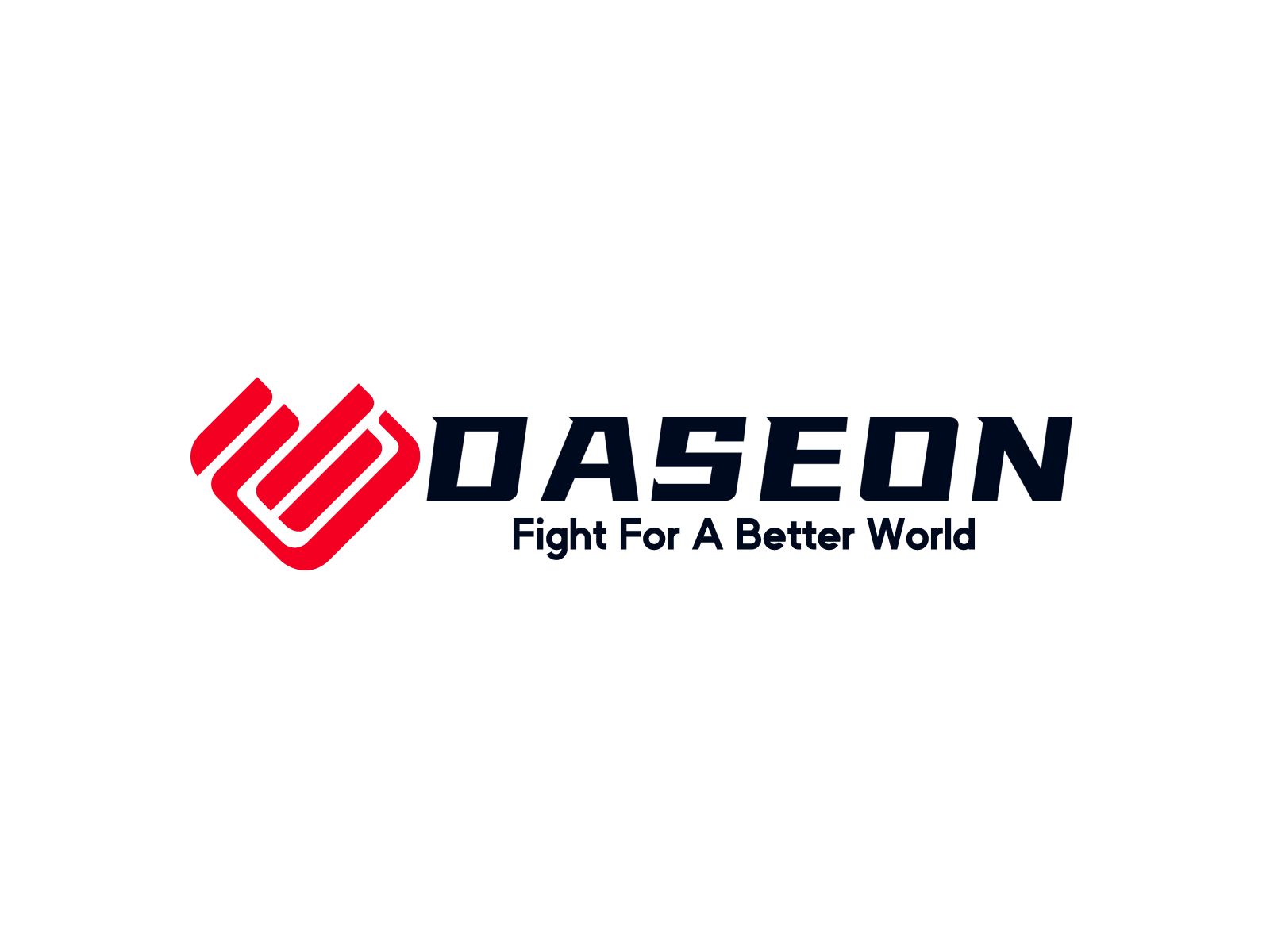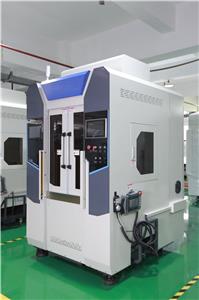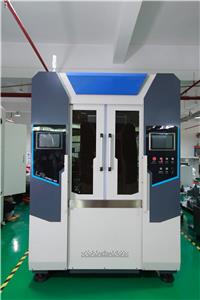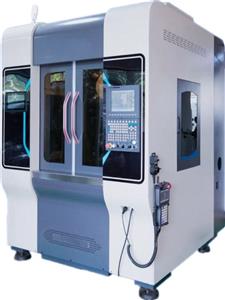- casa
- >
- Notizia
- >
- Die casting battery case
- >
- Shenzhen became the first China power battery recycle city
Shenzhen became the first China power battery recycle city

Just when the industry discussed the trend of 2019 new energy vehicle subsidy policy, the local subsidy policy of Shenzhen in 2018 was just released. Recently, the Shenzhen Municipal Finance Committee and the Shenzhen Municipal Development and Reform Commission jointly issued the “Shenzhen 2018 New Energy Vehicle Promotion and Application Financial Support Policy” (hereinafter referred to as “Shenzhen New Energy Vehicle Financial Support Policy”), and set up three types of subsidy policies. This includes vehicle purchase subsidies, charging facility construction subsidies and power battery recycling subsidies.
At this point, Shenzhen, which explicitly introduced policy subsidies and encouraged the recycling of power batteries, has become the first city in China to set up subsidies for power battery recycling. In fact, as the first batch of power batteries are about to “retire”, the recycling and reuse of power batteries has always been a hot topic in the industry.
1 kWh 20 yuan subsidy online
It is reported that the subsidy policy of the "Shenzhen New Energy Vehicle Financial Support Policy" is divided into three stages, including the transition period from February 12, 2018 to June 11, 2018, avoiding the one-size-fits-all approach of previous years; In addition, the subsidies for new energy passenger cars, pure electric buses, pure electric trucks and special vehicles have dropped significantly, but further improve and refine the subsidy standards for charging facilities construction. In addition, it is worth mentioning that Shenzhen has set up a power battery recycling subsidy, and Shenzhen has thus become the first city in China to set up a subsidy for power battery recycling.
The Beijing News reporter studied the "Shenzhen New Energy Vehicle Financial Support Policy" and found that Shenzhen's standard setting for power battery recycling subsidies is clearer. Specifically, for enterprises that sell new energy vehicles in Shenzhen, including local production enterprises and foreign-owned production enterprises authorized by Shenzhen legal person sales enterprises, the power battery recycling treatment funds should be provided according to the standard of 20 yuan / kWh. For enterprises that have accrued the power battery recovery and treatment funds according to the requirements, the enterprises shall be subsidized according to 50% of the amount determined by the audit.
According to the requirements of the "Shenzhen New Energy Vehicle Financial Support Policy", the target of the power battery recycling subsidy is the automobile production enterprise: the new energy automobile production enterprise bears the main responsibility for the recovery of the power battery, and for the special calculation of the power battery recycling treatment fund according to the requirements. Automobile manufacturers, the Shenzhen Development and Reform Commission will subsidize them according to procedures.
In fact, Shenzhen started the layout of power battery recycling relatively early. In April 2018, Shenzhen issued the “Shenzhen City Pilot Work Plan for the Construction of National New Energy Vehicle Power Battery Regulatory Recycling System (2018-2020)” to determine the development goals and achieve all new energy vehicles included in the subsidy range by 2020. The whole life cycle supervision of power batteries and the establishment of a complete power battery regulatory recycling system. In the industry's view, this proposal to subsidize power battery recycling is equivalent to taking the first step, which can accelerate the process of accelerating the establishment and improvement of the power battery regulatory recycling system; on the other hand, it also provides reference for other cities to introduce relevant policies. Case.

According to public data, from 2009 to 2012, the total number of vehicles for new energy vehicles was about 17,000, and after the installation of power batteries, it was about 1.2GWh (about 1.2 million KWh). In 2013, the first batch of new energy vehicles was promoted. New energy vehicles officially entered the market. By the end of 2018, more than 3 million new energy vehicles were promoted, and the installed power batteries exceeded 147GWh (about 147 million KWh).
According to the multi-dimensional estimation of the vehicle enterprise warranty period, the power battery cycle life cycle, the vehicle wear and tear, etc., the life of the new energy passenger car power battery is generally 4 to 6 years, and the commercial vehicle power battery has a shorter service life. It is 2 to 3 years. Therefore, there is no doubt that the first batch of new energy vehicle power batteries is about to usher in a large-scale "retirement tide."
The power battery is about to reach the critical point of scale elimination. The industry believes that the power battery recycling and recycling market will have great potential for development. It is expected that the market size will exceed 10 billion yuan by 2020, and it will exceed 2022. 30 billion yuan.
Under the multiple factors of environmental protection, demand change and profit-driven, the national level has also begun to promote the development of power battery recycling business. In 2018, the National Interim Measures for the Management of Recycling and Utilization of Power Battery for New Energy Vehicles and the Pilot Implementation Plan for Recycling and Utilization of New Energy Vehicles for Power Battery were issued, which clarified the development goals and established a perfect recycling system for power batteries by 2020. Form an innovative business cooperation model for the recycling of power batteries. Despite the clear policy, the current development of power battery recycling is sluggish.
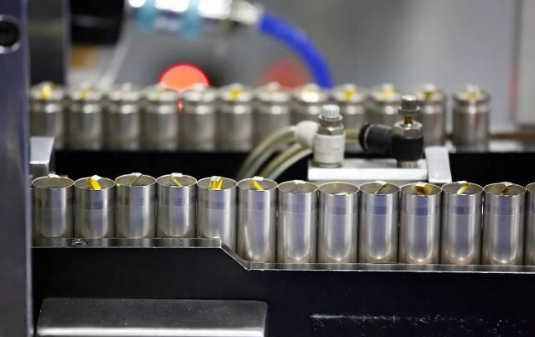
In the eyes of the industry, the main problem that plagues the development and recycling of power batteries is the high cost. The cost of splitting and reorganizing the sealed used batteries is high; and secondary development on the basis of the original batteries is also a high-cost project. Not only that, there is a huge potential safety hazard in the process of dismantling and reorganizing used batteries, resulting in an increase in labor costs; current enterprises are beginning to study machine splitting and reorganization, but also need to pay the research and development costs of related machinery and equipment.
In addition, the lack of power battery recycling technology, the lack of relevant industry norms, as well as the lag of power battery recycling testing and supervision system construction also limit the development of power battery recycling and reuse. On the other hand, the concept of the user side is not in place, and the importance of power battery recycling is not recognized, and further recognition is needed.
At present, Shenzhen uses financial subsidies to promote the development of power battery recycling subsidies, or will provide new ideas for the development of domestic power battery recycling and reuse industries, but the development of an industry can not always rely on financial subsidies, and ultimately need to return to the market essence, this What is more needed is to solve the problems inherent in the industry itself.
